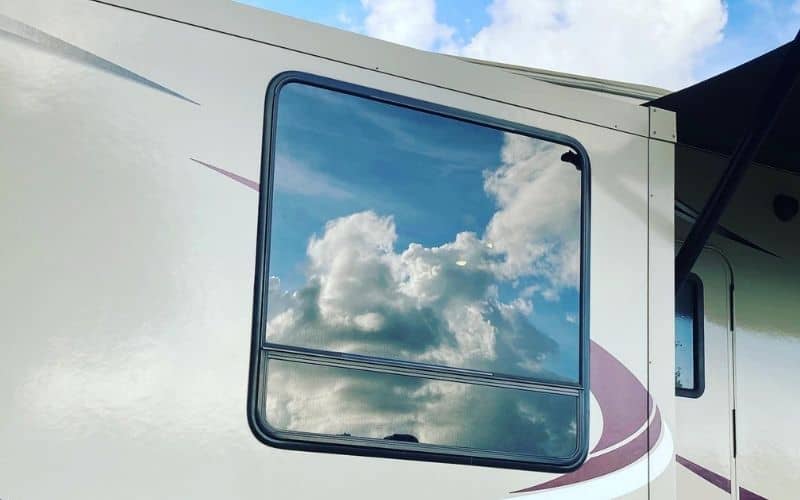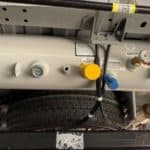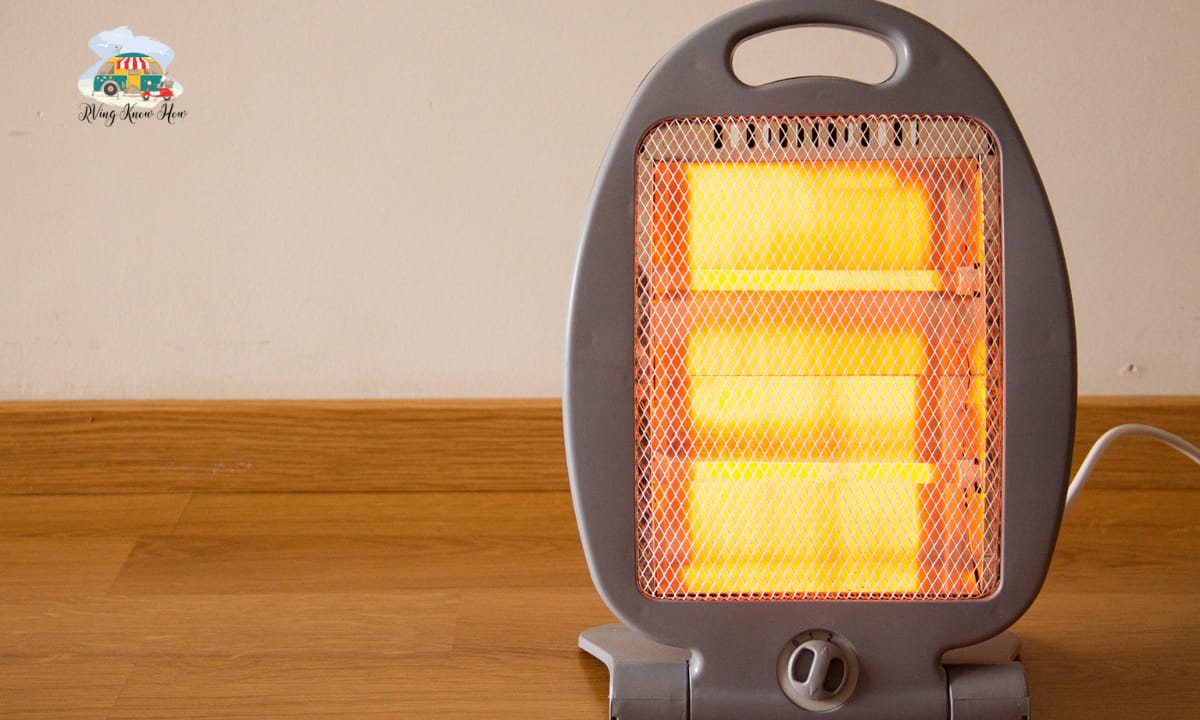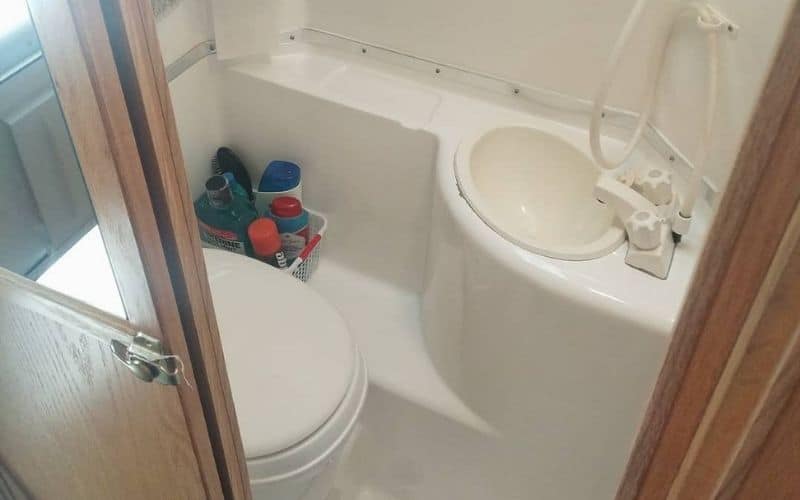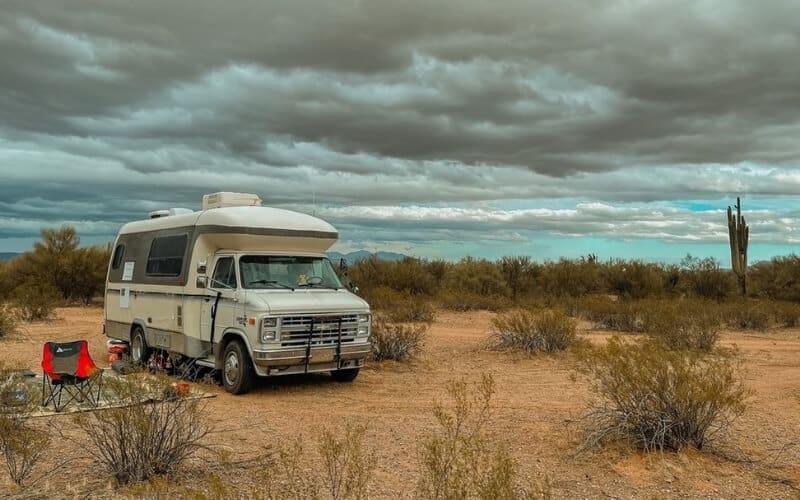Dual pane windows have often been touted as a great way to help hold in warm air in the fall & winter and optimize the performance of your RV’s air conditioner in the heat of the summer.
Though for RVs that don’t come with them as standard from the manufacturer, upgrading can be a significant investment.
If you’ve been looking for ways to make the most out of your RVs heating and air conditioning, then you might be wondering if dual pane windows are worth the money?
The short answer is, yes double-paned windows will help you save money on electricity costs to run the RV’s rooftop air conditioner, and they will also help your liquid propane tanks last longer when you need to run the furnace.
Though we will need to take a closer look at the fine details to find the point at which you are seeing a true return on your investment for installing dual pane windows in your RV.
This starts with asking and finding some clear answers to some very important questions.
What Is Wrong With Single Pane RV Windows?
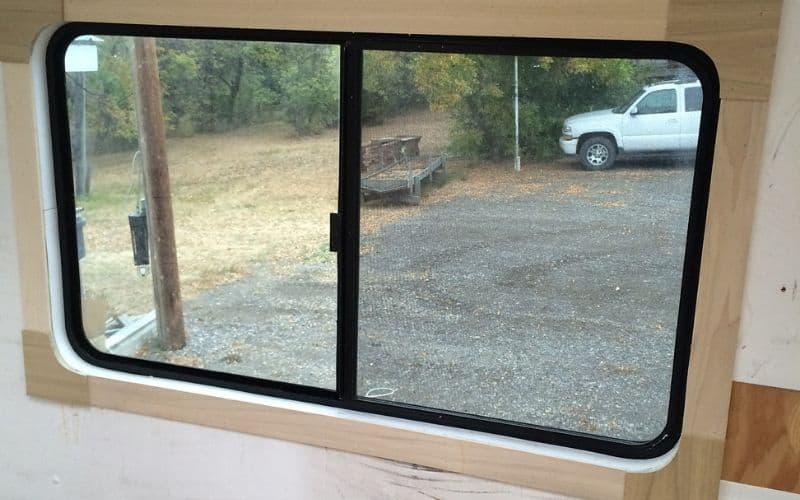
Thermal inefficiency is the biggest problem with single-pane windows. The conduction that allows heat to pass from the interior to the cold exterior or vice versa, robs your RV’s HVAC system of its efficiency. Especially if they are large single-pane windows.
Single pane RV windows also tend to build up condensation. In the summertime, this fogging effect can make it hard to see out of the window.
The condensation can also start to drip down onto woodwork, which could lead to recurring mold damage on your RV’s windowsills.
If you travel in cold weather, or you camp in the mountains in the fall, condensation on a single pane window can turn into ice when the temperatures dip below freezing.
Single pane RV windows were the standard for decades. Today there are still a lot of new travel trailers, teardrop campers, fifth-wheel trailers, and even some motorhomes that are sold by reputable manufacturers, with single-pane windows as standard.
What Are Dual Pane RV Windows?
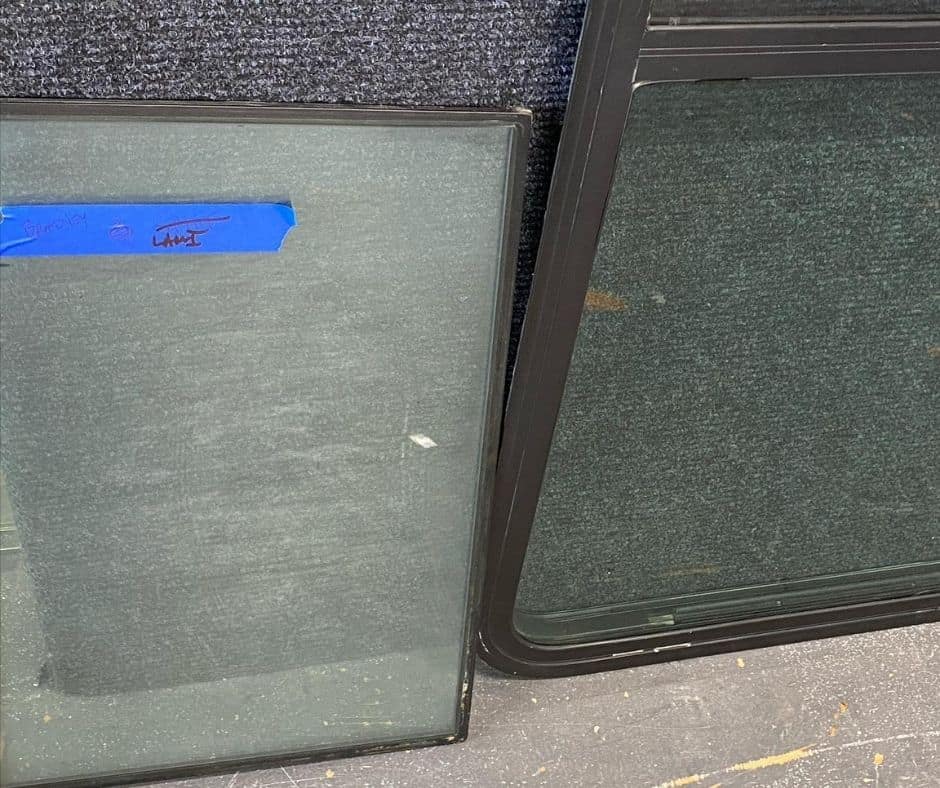
Sometimes referred to as “Double Pane” RV windows, they are essentially two panes of glass with a layer of an insulating gas trapped between them.
This significantly reduces the conduction of heat energy between the two panes.
What Are The Benefits Of RV Dual Pane Windows?

There are several benefits to consider with dual pane RV windows. Some will translate into direct dollars & cents savings, while others simply help enhance your RV camping experience. This includes things like:
Thermal Efficiency
The reduced thermal conduction of dual pane RV windows translates into better energy efficiency from both your RV’s propane furnace when the temperature outside is low.
It is especially helpful for times when you might be camping in winter conditions or in the mountains where temperatures can dip dramatically at night.
This is part of the reason why fall hunters prioritize dual pane windows when using their RV as a base camp for fall and early winter hunting trips on public land.
It also means they will go through less propane, which means fewer runs to resupply, and less chance of the exterior liquid propane tank freezing up at night due to low internal pressure.
Of course, it also means your RV’s rooftop air conditioner won’t have to run as much or as hard as hot and humid summer conditions.
This also translated into better sleeping conditions, as you don’t have to run a generator as much to keep powering the rooftop condenser, and you won’t have as much annoying hum.
Superior Temperature Control
The reduction in heat conduction from dual pane windows also means that your RV will heat up and cool down faster than if you had single-pane windows.
So, if you’ve been out for the day with the rooftop air conditioner turned off or set to low, it can cool down the interior much faster when you get back.
The same is true for winter trips when you need to crank up the RV furnace after you get back from hunting all day.
Less Condensation & Moisture Concerns
Dual-pane RV windows also develop much less fogging and condensation. This also means there is less icing potential in the winter.
At the same time, reduced condensation also helps preserve the condition of your window sills, which also helps reduce the risk of mold problems around your window treatments.
Noise Damping
One of the less thought-of benefits of dual pane RV windows is that the layer of insulating gas sandwiched between the two panes of glass also significantly reduces sound or noise transfer.
This isn’t a big deal if you love to boondock off the grid in the deep wilderness.
Though you will certainly enjoy more privacy and not be disturbed as much by noisy neighbors if you often like to stay in crowded RV parks and tightly packed campgrounds.
Durability
The overall material build quality of dual pane RV windows makes them more durable.
They are less likely to chip, crack and break when hit by a stone that’s kicked up while driving.
This is especially handy if you like to stay at campsites with loose gravel roads or you happen to be driving through a construction area.
It might seem like a little thing, but if you’ve ever broken an RV window, you know what a major hassle it can be.
How Much Do RV Windows Cost?

You can expect to pay between $200 to $500 for a single dual pane RV window.
It’s also worth noting that there are a few models offered by Airstream, Forest River, KZ, and others that come with dual pane windows as standard straight off the line.
So, if you are in the market for a new RV with dual pane windows, you might want to start shopping models that already have them, rather than debating the cost of adding them.
Conclusion
When it comes to upgrading the existing windows in your RV, it ultimately comes down to the long-term return on investment.
If you are living full time, or for several months out of the year in your RV, and you have to deal with extreme temperatures, then dual pane windows will pay for themselves very quickly in energy savings alone.
If you only have a small travel trailer and use it for two or perhaps three vacations a year, the modest savings in electricity to run the rooftop air conditioner or the propane furnace might not provide a full return on investment until the very final years of the RVs life.

